This morning was a time for starting the end of summer cleanup and preparation for the fall garden.
There have been so many days that were over 95 degrees this year; the garden was looking a little tired. I trimmed back the Bee Balm last weekend, and I see new shoots and leaves already starting. They are so pretty, and the bees, butterflies, and hummingbirds love them. Bee Balm is a member of the mint family and spreads through rhizomes (underground stems) and can be very prolific. When the flowers are spent, the plant will keep producing flowers all season by deadheading them. This plant will grow up to 4 feet when flowering, but I cut them down during the winter to about six inches. The hummingbirds that use my garden are not afraid of me and often hovers around me while I am working. They were not happy when I cut some of the old flower heads off and kept buzzing around me. The minute I moved on to the next garden bed, they inspected the whole plant to ensure that I had left all the “good ones.”
Uses for Bee Balm
- The leaves and flowers are often used in salads, herbal teas, and flavorings. The flowers have antimicrobial, anti-inflammatory, and antispasmodic properties that make them suitable for drinks to help settle digestive upsets.
- Externally, you can crush the leaves and apply them to stings or bug bites to reduce the pain. When the leaves are crushed, added beeswax (slowly heat the mixture and put in small jars), they make an excellent salve to treat burns, scrapes, cuts, and rashes. The antimicrobial factor helps the area applied to heal faster.
- The tea is made from the flower heads, lay the petals flat to dry, then store in a tin. If placed in plastic, mold may occur. You can either use them steeped in hot water for several minutes, or mix the petals with regular tea to give it a different taste. The tea is good for IBS or celiac disease as it decreases the inflammation and has an antimicrobial effect. Use 1 tsp—petals to each cup of hot water.
- Orange Mint
This summer has been hot and dry—the perfect time to enjoy a nice glass of orange Mint tea. First, make a syrup of sugar and water (boiled, then let cool). Crush Orange Mint leaves to add to the hot water with orange juice and orange zest. Let it set approximately ten minutes to cool, then strain over ice and top with a few of the orange mint leaves. Very refreshing in the summer.
The orange mint is a hybrid mint that grows through rhizomes and is prolific once started. It has a strong, pleasing aroma and flavor. I have used the leaves as a seasoning for casseroles, fish, and in my Buddha Bowls. It grows in the same bed as the Bee Balm. I also have chamomile in the same bed. Initially, I planned that bed as a tea making bed, and it has been a delight of smells and tastes. I highly suggest that you schedule a tea bed. I will discuss that in a different posting. The orange mint plant can be tucked into several areas of your garden, be aware that you need to plan on some containment. The first year, I planted it in a pot, then planted the pot, leaving a rim of approximately 3 inches. However, the stems can also root, so I share, share, share with all my friends. When I harvest, I treat the leaves the same as the bee balm and place them into the tins for tea during the winter.

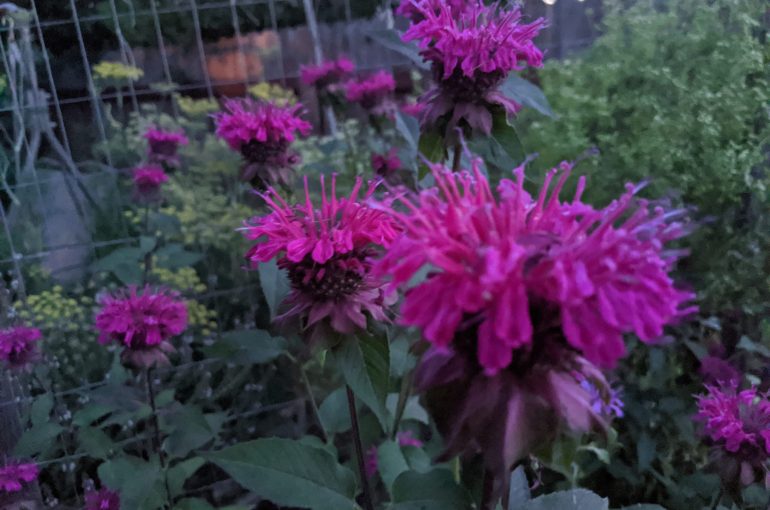
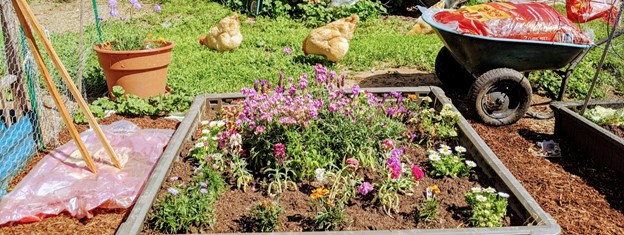
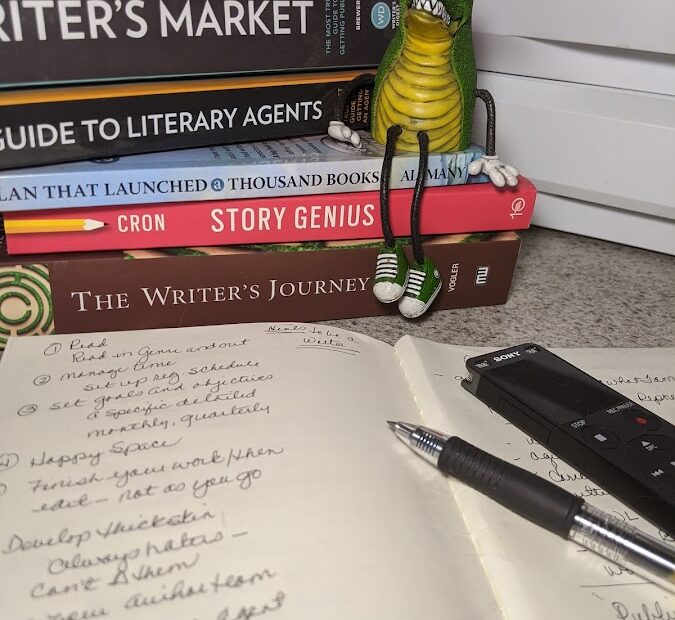
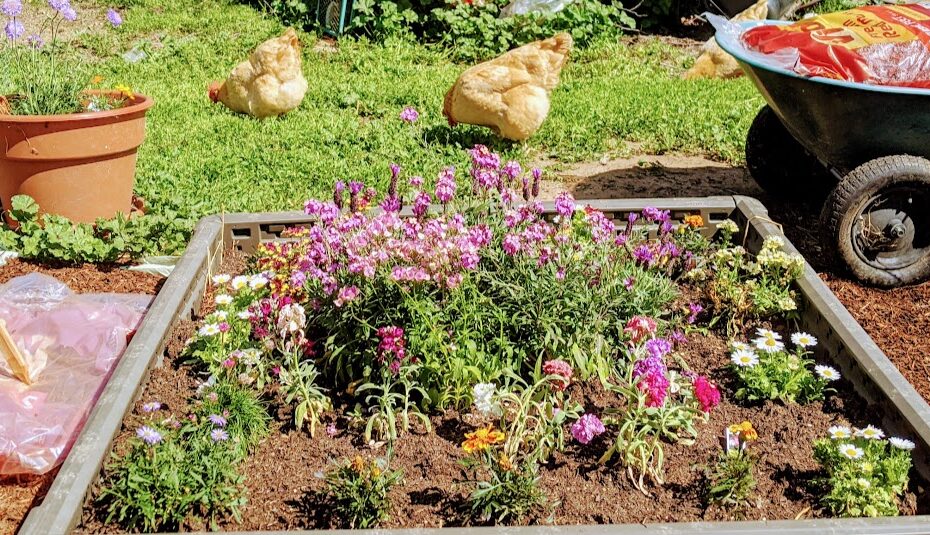

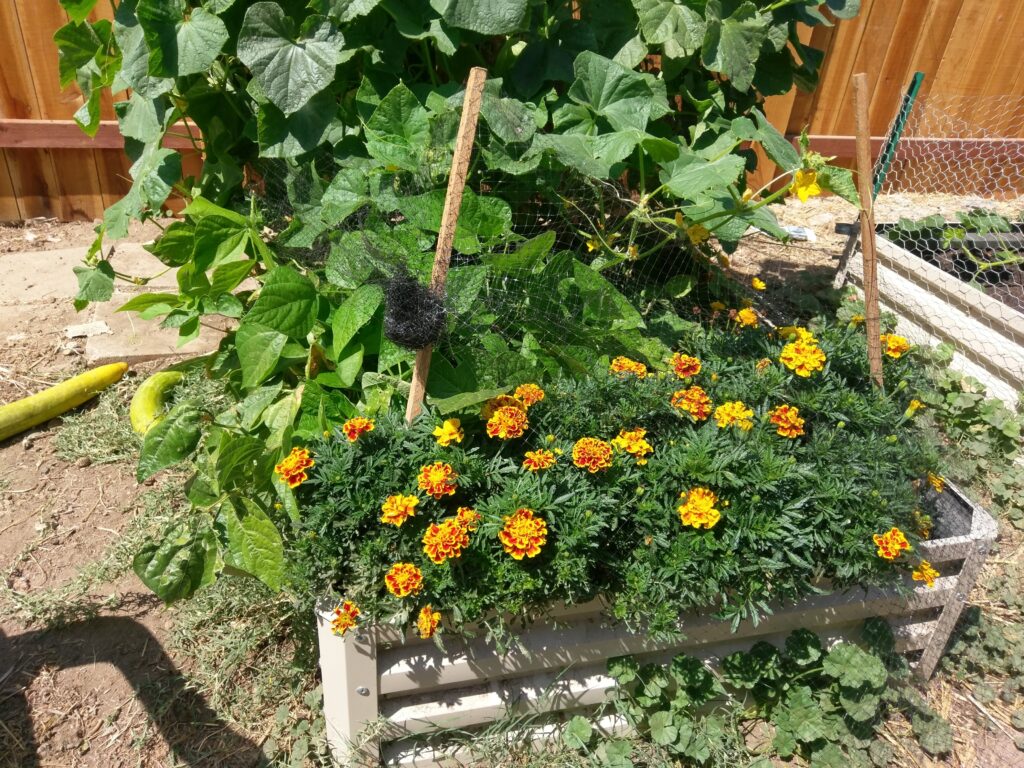
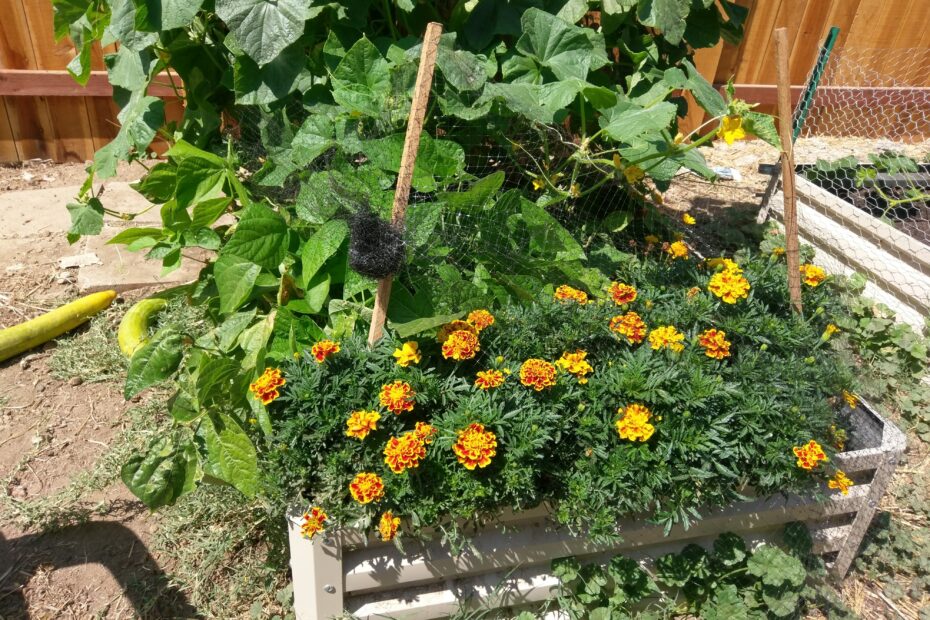
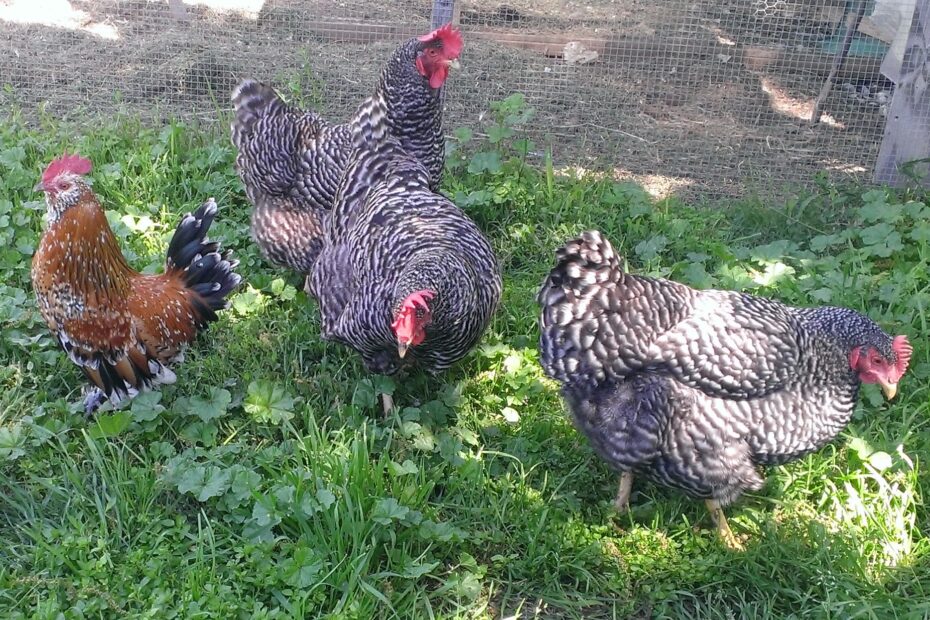

Leave a Comment
Your email address will not be published. Required fields are marked *